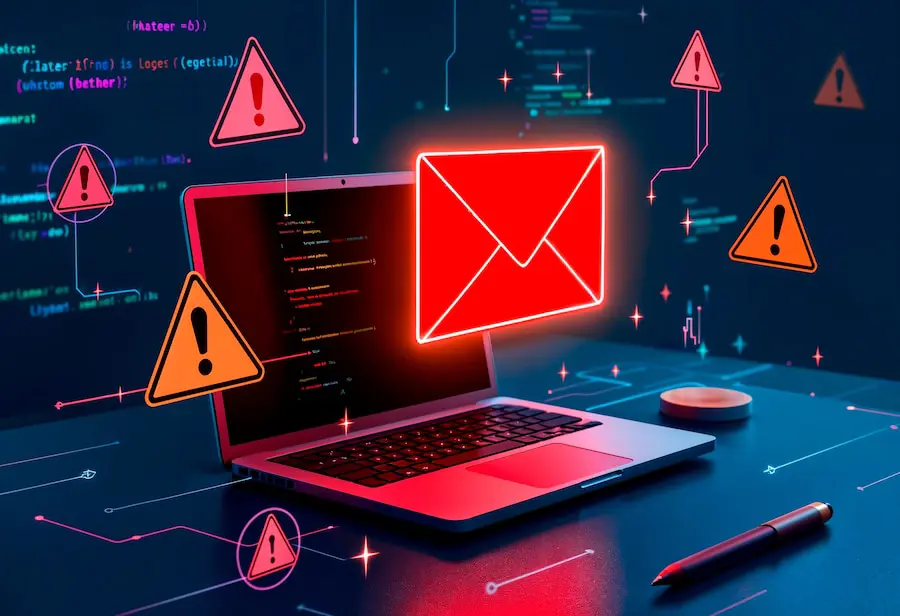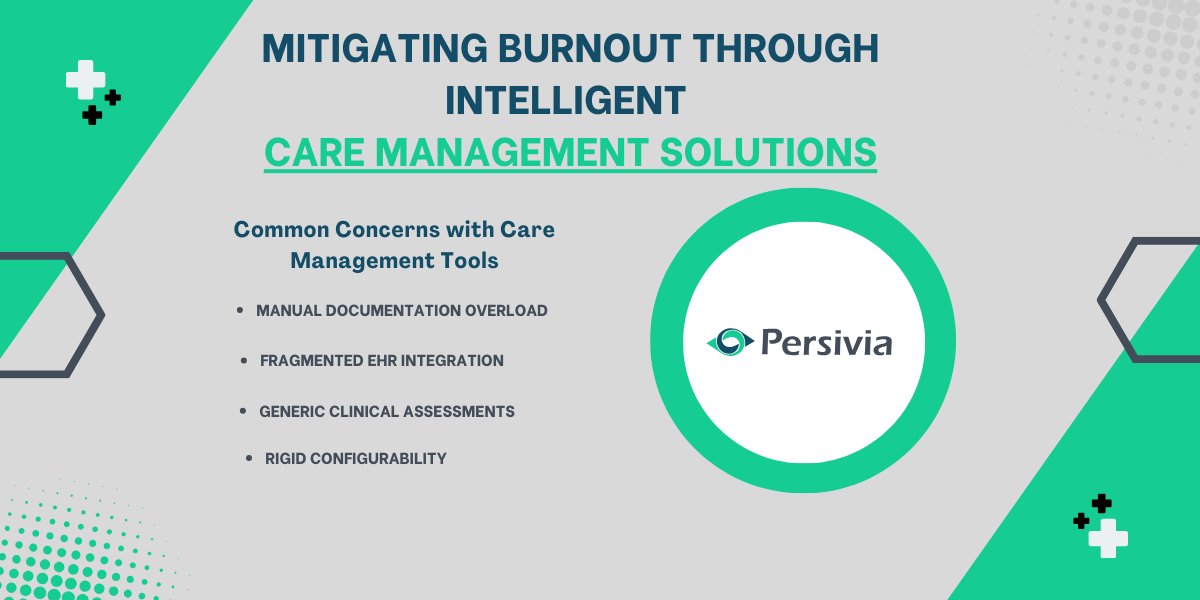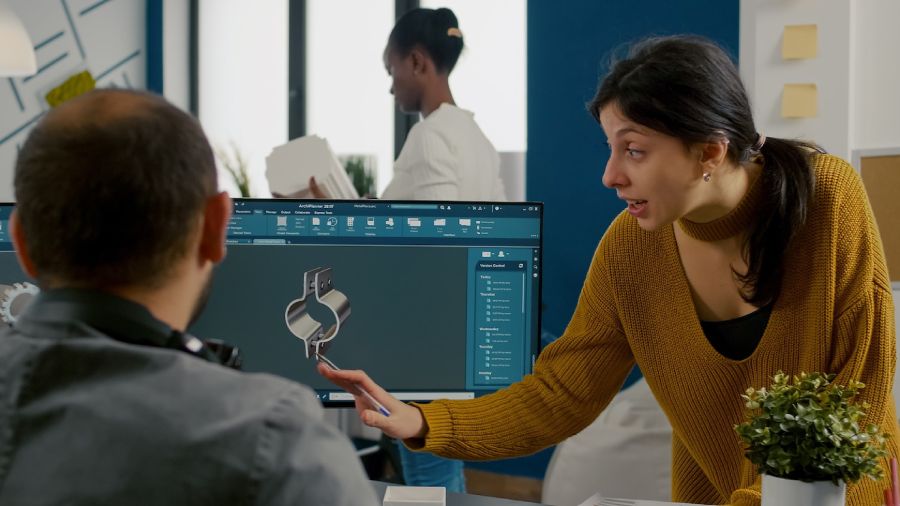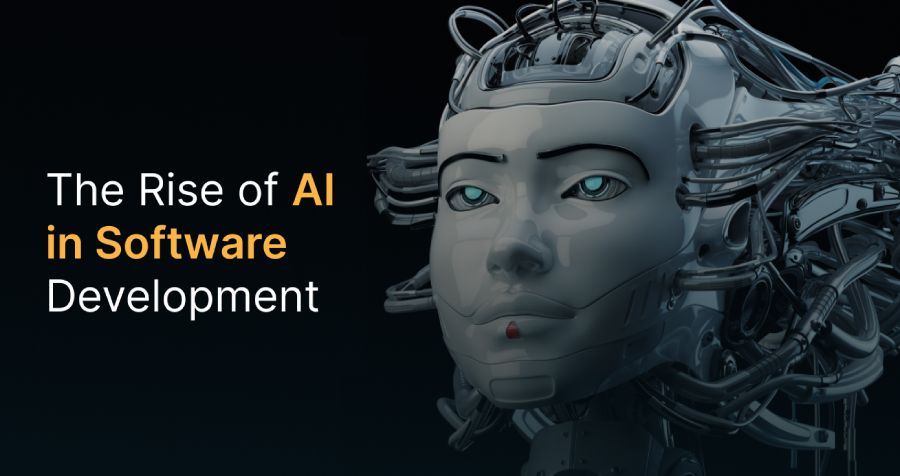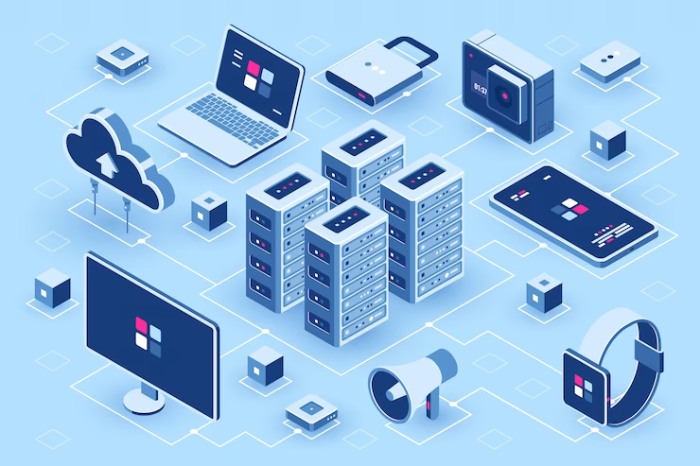
How Do You Maximize the ROI of Your IT Hardware?
IT hardware is a major investment, and something that can keep your organization running efficiently. Every new device or piece of equipment you add to your infrastructure is going to cost your business (both upfront and in the form of ongoing management expenses), but should also come with some measurable benefits.
So how can you make sure you maximize the return on investment (ROI) of all your equipment purchases?
Defining IT Hardware ROI
First, let's define what we mean by IT hardware ROI. ROI refers to how much of a return you get for a specific investment; if you buy a house for $100,000 and sell it for $120,000, you'll have a positive ROI of $20,000 (or an ROI of 120 percent). If you sell that same house for $80,000, you'll have a negative ROI of $20,000 (or an ROI of 80 percent).
Hardware assets rarely appreciate, since they tend to suffer wear and tear over time and because newer technologies make older technologies less relevant. However, the “return” we get for our investment isn't just an eventual sale price; we also need to consider the value that each piece of equipment brings to our organization.
The goal is to make our organization run more efficiently by increasing IT hardware ROI. The more value we get out of our hardware investments, the more profitable our organization can be.
We generally strive to do this with two broad categories of strategies: strategies that reduce our hardware expenses and strategies that increase the value we get from our hardware for each dollar spent.
The Stages of the Hardware Lifecycle
The best way to maximize IT hardware ROI is to apply strategies for each of the different stages of the IT hardware lifecycle.
Procurement
During the procurement phase, you'll be focused on finding and purchasing devices for your IT infrastructure. Obviously, you'll need to think carefully about the price of each purchase you make; reducing the prices of your purchases, without interfering with the functionality or efficiency of your devices, can result in a higher return on your investment. But you also need to think about the price of each purchase as it relates to the present and future utility of the device for your organization.
Saving money on a server can be a good thing, but if your cost reduction leads to the purchase of a server that can barely handle your current needs and may become irrelevant in a couple of years, it's not worth getting. Every purchase needs to be justified, and each price should be carefully considered in relation to the purpose of the device in your infrastructure.
Supply chain constraints are another important consideration. Upgrading to the latest server model from your OEM might seem appealing at face value, but if the lead time for your product delivery is more than a year in the future, you could face an emergency. Buying a newer hardware model that has already been in production for a year or two opens up your options on the secondary market, and won’t leave you scrambling to support your end of service life equipment in the interim.
Deployment and installation
After purchasing new equipment, you'll need to deploy and install that equipment into your existing systems. This should be optimized for performance and the lifespan of all your IT infrastructure. Make sure all your deployments are done by professionals and that you consider the environment of installation as well.
Maintenance
If you want to keep your equipment in good working order for as long as possible, you'll need to have a solid maintenance strategy in place. You should practice ongoing monitoring and maintenance, regularly inspecting and (when necessary) adjusting your installations to ensure adequate performance. Think of maintenance as an investment; proactively spending money to notice and fix small issues before they become big issues should save your department money in the long run.
Upgrades
Occasionally, your hardware will require upgrades. Addressing bottlenecks, improving performance, and increasing efficiency are just some of the motivations here. Upgrades are less expensive and easier to manage if you have the help of professional IT infrastructure management services; otherwise, keep a regular audit on the schedule and prevent backups rather than only reacting to them.
End of life management
To recover some of the costs associated with your IT equipment, there are several things you can do at the end of your equipment's life. You can trade in your equipment for newer, better equipment. You can partake in a buyback program. You can also dispose and recycle of your equipment if you have a plan for how to replace it. You'll need to dispose of your equipment as securely as possible, while also keeping costs to a minimum, so your best bet is usually working with an IT asset disposal company, or a managed service provider.
Improving IT Hardware ROI
If you can increase your IT hardware ROI, you can improve the efficiency of your IT department and help your business run more smoothly. But if you want to consistently increase your hardware ROI, you'll need to have a system in place to measure and analyze not only your IT spending, but also the value of the equipment you have in place.
This is a lot to manage even for experienced IT professionals, so to make things easier on yourself, consider hiring a managed IT service provider who can help you with every step of the process.

Law Firm Management: How Technology is Driving Efficiency

Most Popular Social Networks: Dominating Online Platform


